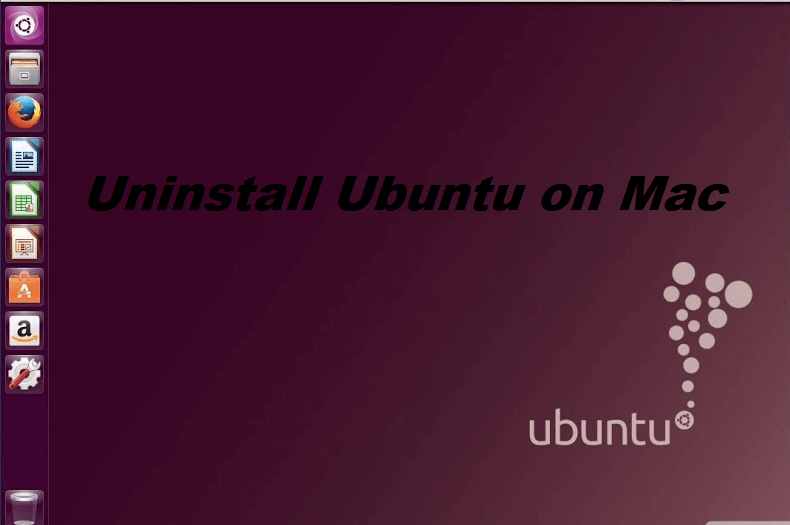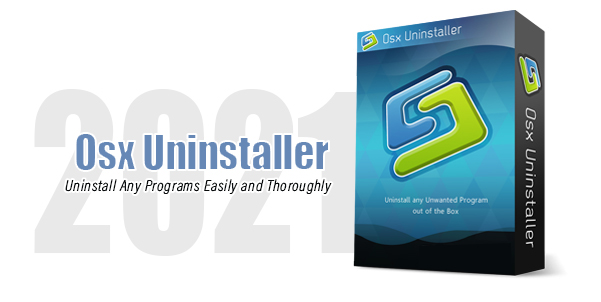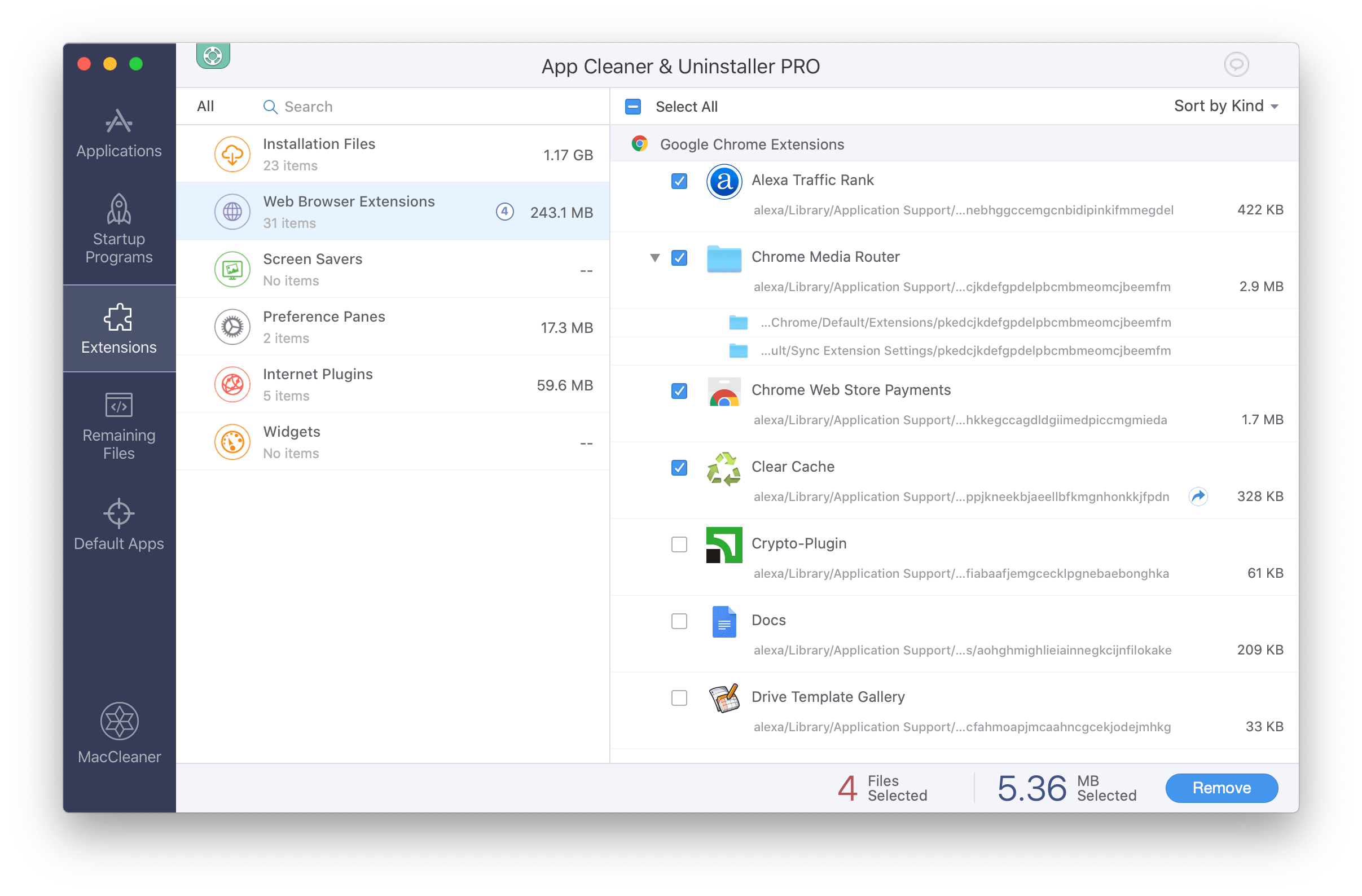

- Mac os uninstaller how to#
- Mac os uninstaller for mac#
- Mac os uninstaller free#
- Mac os uninstaller mac#
As more and more media files (photos, music, and videos) take up more space over time, you have to free up space or you’ll run into the constant “Your disk is almost full” notification. You can try it absolutely for free.When you have lesser storage space on your Mac, you have to be efficient with the installation of apps to have space for app updates and macOS upgrades. Here you can remove the System Panes of MySQL.Īs you can see, Mac’s uninstalling applications and extensions are done easily and safly with App Cleaner & Uninstaller. Note, if you want to uninstall any Preference Pane but don’t see this program in the Applications section, switch to the Extensions tab → Preferences Panes. Here you can select and remove unneeded MySQL’s leftovers. For this, in App Cleaner & Uninstaller, switch to the Remaining Files section.
Mac os uninstaller mac#
If you have already removed MySQL from the System Preferences window, check your Mac for its remaining files. So don’t forget to empty your bin to get rid of the application completely. By default, all files are removed into the Trash.
Mac os uninstaller how to#
Here is how to uninstall MySQL with App Cleaner & uninstaller: It allows you to remove applications entirely, and you don’t have to search for their support files anymore. How to delete MySQL with App Cleaner & UninstallerĪpp Cleaner & Uninstaller automatically detects all of the support files that each application creates and stores on Mac. We will show up how to do this with a few clicks with App Cleaner & Uninstaller’s help. Luckily, there is another way to uninstall the Mac MySQL server. Using the Terminal commands is more for computer geeks, and some users prefer to avoid using it. Now MySQL should be uninstalled completely

MySQL is a preference pane that can be found in the System Preferences window.

From this article, you will learn two ways on how to uninstall MySQL from Mac.

If you don’t use MySQL, then you should better uninstall it from your Mac and don’t allow useless files to take up valuable space on your disk. In short, it is a database management system (DBMS), which allows you to connect to the database, run SQL queries and receive a response.
Mac os uninstaller for mac#
MySQL for Mac is a software tool used for most popular programming languages, like PHP, Java, Perl, C, C ++, and others.


 0 kommentar(er)
0 kommentar(er)
